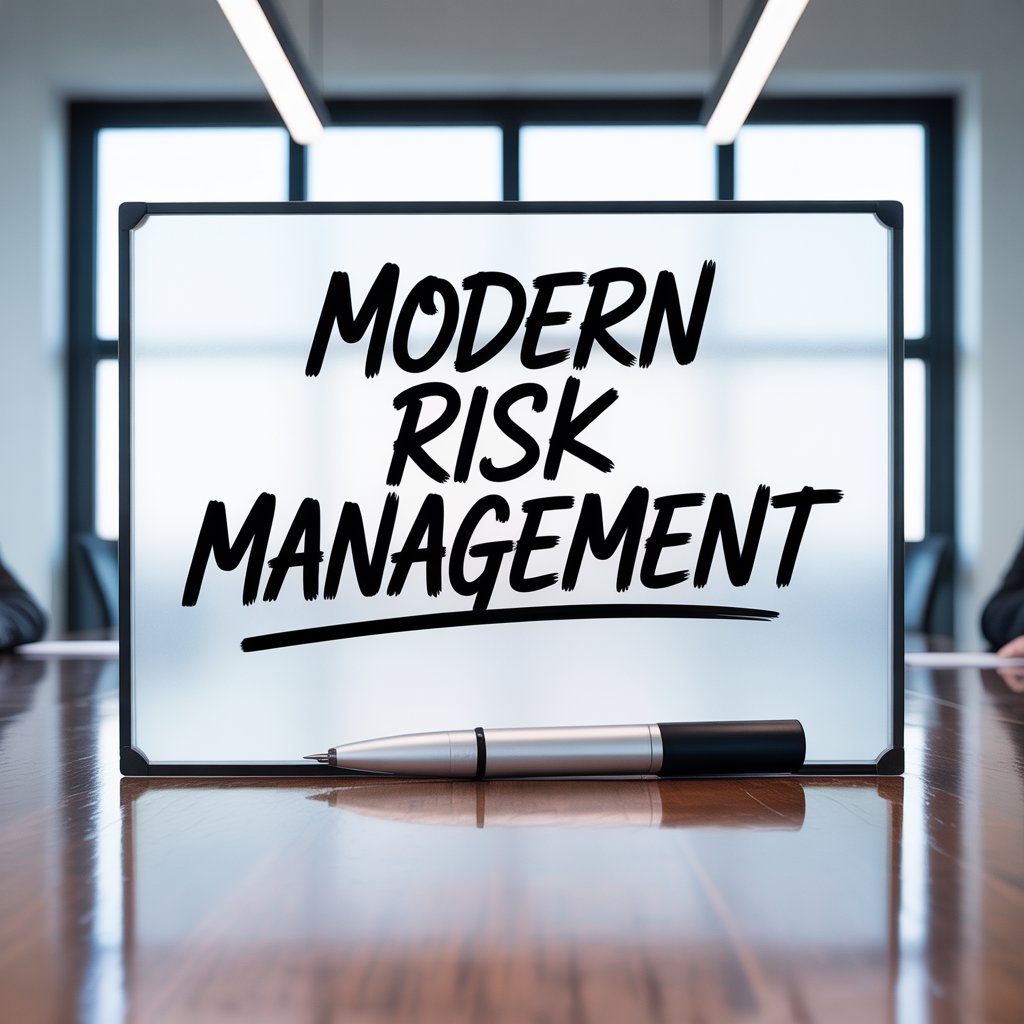These days, risk management isn’t simply about insurance policies and regulatory compliance. Due to the digital world businesses exist in now, risk management is also about anticipating – and mitigating – cyberthreats before they cause damage.
At the heart of this proactive strategy is threat intelligence.
What Is Threat Intelligence in Risk Management?
Threat intelligence is a process that involves the collection, analysis, and application of information about current and emerging threats. In doing so, it transforms raw data – think everything from IP addresses to attack patterns – into actional insights. These insights then assist organizations in making informed security decisions.
With modern risk management, it’s not simply about the requirement for businesses to understand a threat exists. It’s also about how it may impact their specific systems and operations. Threat intelligence allows you to prioritize risks based on real-world trends, as well as threat actor behavior and the likelihood of exploitation.
Strategic vs Operational Intelligence
Threat intelligence comes in two main forms: strategic and operational. Both are key for successful risk management.
- Strategic intelligence: Offers high-level context, including industry-specific threat trends and geopolitical risks, which supports security leaders in shaping long-term plans.
- Operational intelligence: A more tactical method, it enables IT and security teams to respond quickly to real threats with specific indicators of compromise (IOCs).
When combined, these layers of intelligence allow companies to balance foresight with action. They can embed threat awareness into everyday operations.
Threat Intelligence in Action: An Example
Say a new ransomware strain is targeting healthcare providers. Strategic threat intelligence would notify them of this trend, while operational intelligence would flag suspicious network behavior matching the ransomware’s tactics. That information opens the door and allows them to isolate affected systems, update firewall rules, alert relevant teams, etc., before the malware spreads.
Without that visibility, guess what – that response might come too late. It could happen after systems are encrypted and patient data is compromised.
The Value of MDR
For many businesses, the collection and analysis of threat intelligence internally can be overwhelming. That’s especially the case without a full-scale security team. This is where managed detection and response services become a valuable ally.
With MDR services, these integrate threat intelligence into their continuous monitoring and investigation processes. Their analysts are not simply there to react to alerts. They apply real-world intelligence to not just interpret them and understand the context but also take necessary action. This fusion of machine analytics and human expertise results in one thing: a faster, more informed response to real threats.
For instance, imagine an MDR provider detects unusual login activity after 4am. They can compare it with known threat actor behavior from current intelligence feeds. If it matches known tactics, the provider could isolate the endpoint and begin incident response before any harm is done.
Conclusion
Threat intelligence pushes businesses to evolve from reactive defense to proactive risk management. It enhances visibility across your attack surface and sharpens incident response. In a threat landscape that now changes by the hour, don’t underestimate the value of integrating threat intelligence into your risk management strategy.



